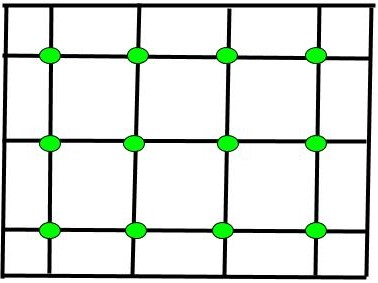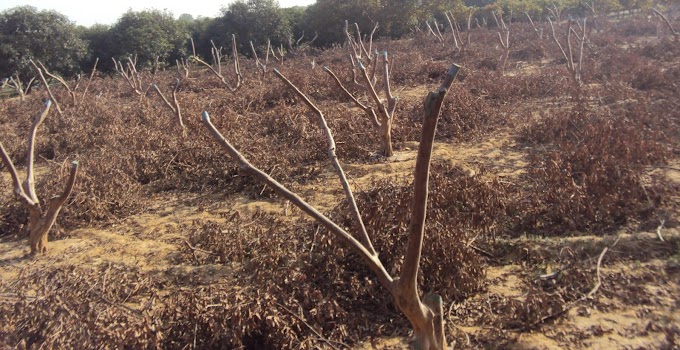Physiological role: The cytokinin checks the degradation of chlorophyll and increases the RNA, DNA and protein content. It plays following role in plants:
- Cell division: Cytokinin promotes cell division in plant tissues in the presence of auxins. It promotes cell division in apical meristematic and cambium tissues and its application stimulates cell division in mature cambium tissues resulting increase in diameter.
- Cell enlargement: The cytokinin stimulates overall cell enlargements and causes expansion of seed cotyledons and leaves.
- Morphogenesis: Cytokinin plays the significant role in plant organs formation. The ratio of auxin and cytokinin is detrimental on morphogenesis of organs types. The higher ratio of auxin and cytokinin favours root formation and vice versa stimulates shoot initiation. The appropriate ratio of auxin and cytokinin results in the formation of complete plantlets in the tissue culture. Cytokinin also promotes adventitious shoots formation in cuttings.
- Apical dominance: Cytokinin counters the apical dominance caused by auxin and thereby stimulates the growth of lateral buds. Thus cytokinin is antagonistic to auxin in apical dominance. The cytokinin should be applied on lateral buds to overcome apical dominance.
- Chlorophyll degradation: Cytokinin decreases the chlorophyll breakdown and promotes the conversion of etioplasts into chloroplasts via stimulation of chlorophyll biosynthesis.
- Senescence: Cytokinin may delay the aging and abscission of leaves and showers.
- Nutrients transport: Plant nutrients moves towards a higher concentration of cytokinin in the plant.
Uses
- Cytokinin is used for root and shoots formation in tissue culture.
- It is used to break the seed dormancy.
- It is applied to promote axillary buds growth in orchids and day lily.
- It is used to prevent the browning in cut salads and delay the chlorophyll degradation in leafy. vegetables.








